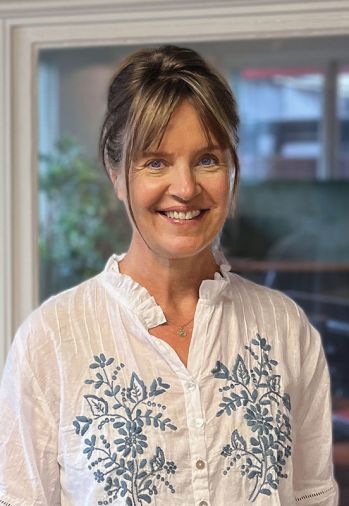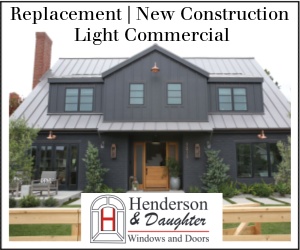Arciform | www.arciform.com
Was design something you’ve always felt strongly about or was it a gradual process of finding your voice?
I grew up in Germany in a family that loved to discuss aesthetics. This applied to any creative field, be it architecture, art, cooking, landscapes, clothing, product design – you name it. We had fun analyzing why some things work and others do not. So, when it came to choosing a career for myself, I felt that the field of interior design was a great way to help create harmonious environments.
What drew you to the design, restoration and remodeling of older homes?
I have always had a passion for things that have been around the block a few times. I like how old cars represent the era during which they were designed, how objects found in antique stores seem to tell a story. I like that mindfully renovating old homes breathes new life into something worth preserving, and it is so fun working with like-minded people during such a creative process.
Your team provides a full menu of design-build services, bridging the gap between design and construction. How has this shaped your business?
It is so wonderful having so many talented people under one roof working toward the same goals. We learn from each other, support each other, and look at finding the best solutions for our clients. Our project managers join design meetings so that they know the goals of the clients firsthand and can help develop a feasible scope. This helps create buildable projects and reduces confusion during construction.
Your approach is to “build to last.” Tell us about the value of conservation, sustainability, and professionalism in your work.
We are very familiar with the inherent challenges that come with older homes, so we overeducate our clients to help them make smart decisions that are not only beautiful, but also affordable and that don’t hide or create potential future issues.
What steps do you take to make your design reflect the needs of your clientele?
There is a lot of collaborative brainstorming; sharing what we have learned over the decades, and the clients share their wishes, dislikes, and goals. From big picture scope development to considering the smallest details, we encourage brainstorming by clients and then have them figure out their must-haves.
Your firm is known for having high standards for design, craftsmanship and service. Tell us about your approach.
We have a lot of checks and balances in place and we all review each other’s work. There are scheduled walk-throughs at key moments during construction when we make sure everything is as it should be, and if there is an opportunity for improvement, we take it.
What does design collaboration look like for your team?
The client is part of the design team. Their life experiences and goals help us create the best solutions for them. We bring in trade experts that help fine-tune decisions and are lucky to have experienced carpenters and craftspeople within our company that we can pull into the design conversation, so we stay grounded and real.
Clients appreciate your ability to problem-solve and pay attention to small details. How does this contribute toward a successful outcome?
Again, the team is the key. Having all that experience under one roof helps us anticipate issues and create beautiful solutions that often make the design better than it was before.
What is a design rule you use again and again?
Check if my design has an element of charm.
What are some major takeaways from designing homes?
I learn something new every day. It is a technical and creative profession that requires interpersonal talents, where the likelihood of missing a detail is high. How you address this is what sets you apart.






